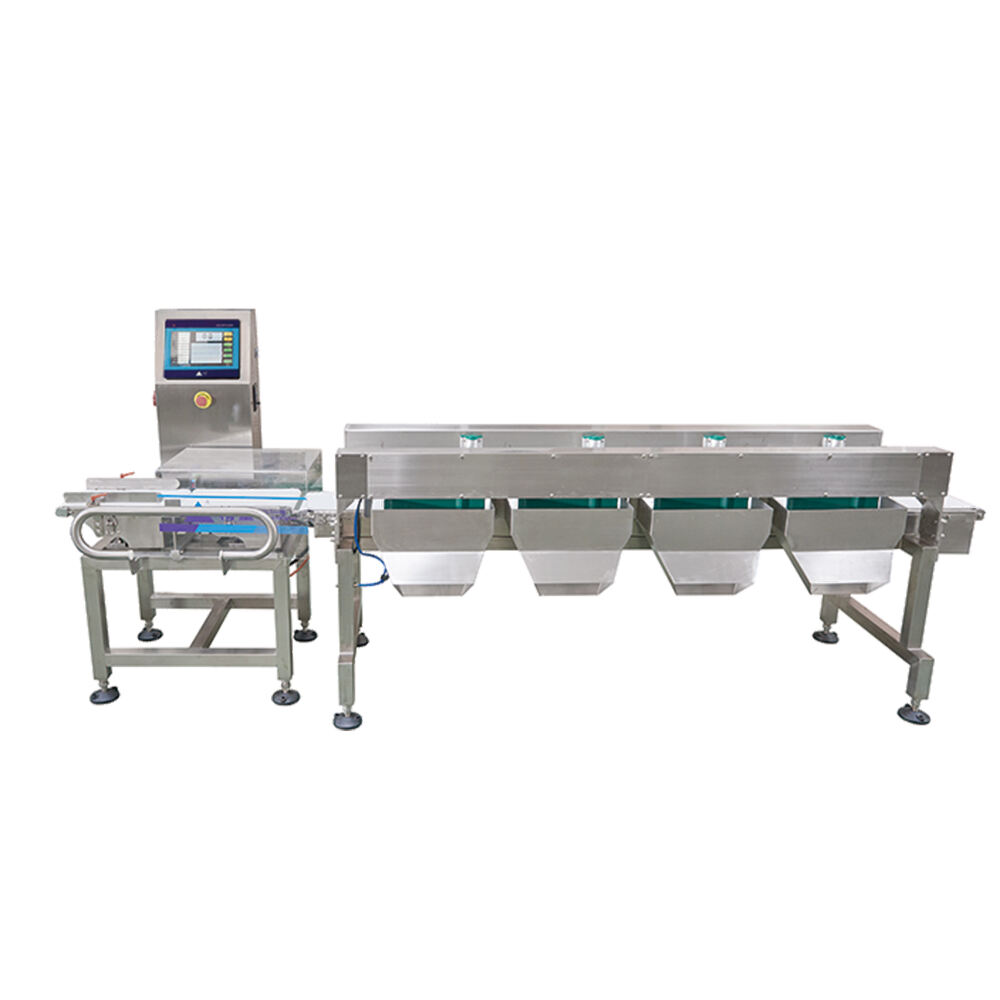Detection machines enable us to look into objects that we can't normally see into. They help us a lot in various fields such as medicine, security and science. An X-ray machine is an example of a detection machine. This is a machine that takes special parts that detect things, and it makes pictures of things inside objects. This will help understand how detectors are essential for X-ray technology.
Detectors serve as the eyes for X-ray machines. They allow the machine to “see” inside objects by locating X-rays passes through them. X-ray machines too need detectors to be able to make pictures. They would be like a film-less camera!
X-ray detectors can be made of special materials that find X-rays. As X-rays travel through an object, they impact the detector and create a small electrical signal. This signal is sent to a computer, which uses the information to create an image of the contents of the object. It’s a game of hide and seek that the computer pulls together to reveal to us what’s inside.

Over the past decades, there has been much progress in detector technology made by scientists and engineers to enhance an X-ray picture. They’ve developed detectors that are more precise, quicker and more sensitive. The advances facilitate clearer, more detailed images that enable doctors to better identify illnesses more quickly and accurately.

In obtaining accurate X-ray pictures, good detectors are crucial. Cheap detectors can produce fuzzy or unclear images that can hinder doctors from seeing what is happening inside a person’s body. Good detectors assist doctors in the correct diagnosis and treatment.

X-ray detectors come in many varieties and types, each have their own pros and cons. Some cover a part of the spectrum better than others, some are more effective at catching fast-moving objects. Ever since, scientists and engineers have been developing increasingly better detectors to improve X-ray images.
Using an ERP system, we systematically manage production, Ensuring timeliness from order to shipment to meet the diversified needs of customers,achieve rapid development output.
We possess 90% self-produced products, allowing us to control costs from the source. Our customers are all over the world, USA, Italy, France, Australia and so on. We have 20 years of manufacturing experience in checkweigher, sorting machine, metal detector,X-ray machine and so on.
The 2,000 ㎡ of production manufacturing workshop, with advanced manufacturing, processing equipment, a number of professional and technical workers, own cutting machine, laser machine, grinding, etc., ensuring reliable production capacity. We offer ODM and OEM customized services
We are standardized process management. We have a professional quality inspection team and testing equipment, from raw materials to finished products for comprehensive testing, ensuring product performance and environmental compliance.